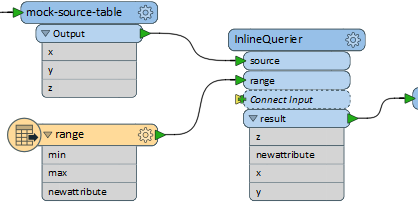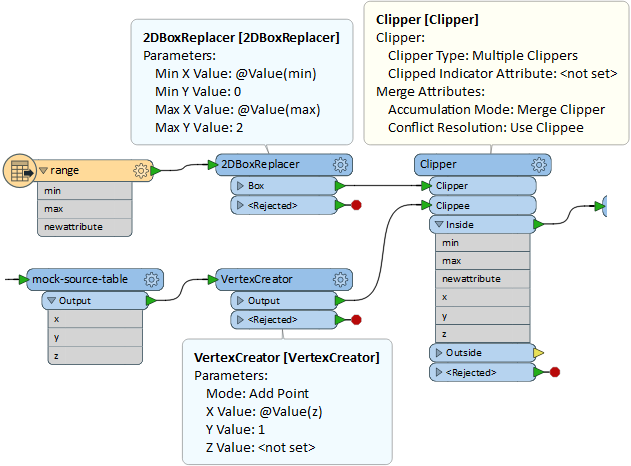I want to map values from the following feature:
Myfeature:
- x = 100
- y = 100
- z = 150
Based on the following rules
newattribute = a if z > 0 and z < 50
newattribute = b if z > 50 and z < 100 newattribute = c if z > 100 and z < 120newattribute = d if z > 120 and z < 175
So this feature will get the attribute:newattribute = dI can not seem to find an example with the schemamapper (or any other solution which is NOT Python-coding).The issue is that I have alot of changing interval-rules, in a database - so they can not be hardcoded in the workspace - but have to be read from a csv / Excel-file so the Schemamapper would be great if it could handle larger than and smaller than etc.
Best answer by annabelleatsafe
View original









